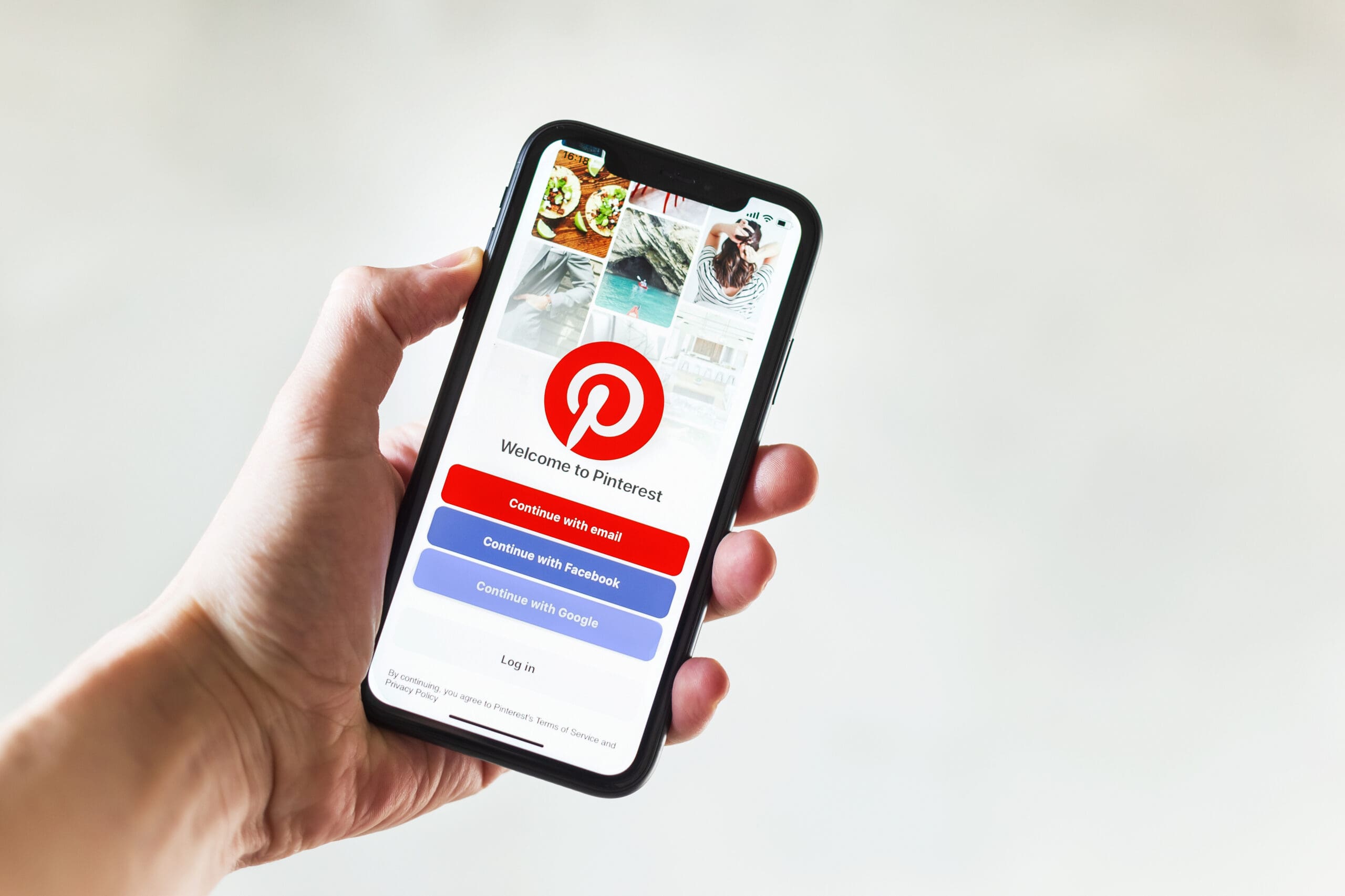While negotiating with a vendor can intimidate even the most confident entrepreneur, going in with confidence and a clear plan can ensure you secure the payment terms that work best for you. Plus, remember to be reasonable as you want to encourage the working relationship. When negotiating, have evidence that supports what you’re asking for is doable such as quotes from other suppliers. Here’s what you should know about negotiating payment terms.
What are payment terms?
Let’s start with the basics. Payment terms are the expectations set by your vendors about when and how you will repay them. These are set at the time of the sale or service and provided from the seller to the buyer. Payment terms are usually outlined on the invoice and include things like late fees, credit card fees and instructions on how to make the payment.
The terms can range depending on the individual business owner and the industry. For example, many businesses will use “net 30” payment terms, which means you have 30 days from the time of service or sale to pay. Others can use terms like advance payment or monthly payments for your payment terms.
Why negotiating payment terms with your vendor is important
As a business, the more cash you can keep on hand, the better prepared you are for any unexpected costs and the stronger your business will be. Therefore, negotiating payment terms can help you better manage cash flow. Rather than paying for inventory when you order it or soon after, set up payment terms that allow you to float the money until it sells. While this is one way to stock enough inventory while maintaining cash flow, you may need to combine this method with inventory financing.
When negotiating payment terms, get creative. Find a proposal that benefits you and your vendor. When negotiating remember that there are plenty of vendors out there but appreciate the one you like to work with. This does not mean overpaying them but showing respect and justify what you’re asking for.
Top Factors to consider when negotiating payment terms
There’s an art to negotiating your payment terms to get what you want. But before you head into a conversation with your manufacturer about your payment terms, make sure you understand all the aspects and complexities of your financial situation that will drive your negotiations.
#1. Cash flow
When you get a new shipment of inventory, the clock starts ticking on how quickly you need to sell the inventory so you can make a profit and pay back your manufacturer. Ideally, your payment terms would provide you enough time to sell the inventory and increase your cash flow.
When you start negotiating with a vendor, go into the conversation with an understanding of your cash flow and how it fluctuates based on your sales cycle. The goal is to push the payment terms out so you have the time to increase your cash flow before paying your vendor.
#2. Vendor relationships
Running a business is all about relationships. If you have a long-term and trusted relationship with your vendors, the negotiation can go smoothly, knowing you have already proven yourself as a reliable business owner. However, keep in mind that vendors also need to get paid, and asking for unreasonable payment terms won’t benefit anyone.
#3. Cost of capital
Make sure you consider the cost of capital your vendor will need to take on to extend or change your payment terms. If you can find a middle-ground that ensures your vendor gets paid for their services while giving you the time you need, the cost of capital can benefit both of you.
#4. Competition
One way to negotiate payment terms is to leverage the competition against the manufacturer. If you know you can get the same product from another vendor that offers more flexible payment terms, you can use this in your negotiating tactic. Using the competition to your advantage can encourage your current vendor to meet some of your requests so they can keep your business.
Types of payment terms
As you head into your negotiating conversations with vendors, make sure you have a specific idea in mind that you’re asking for. Some examples of payment terms you could ask for include:
- Advance payment: With this type of payment term, you’ll make a payment before you receive the goods or services.
- Net terms: Net payment terms outline how long you have to pay the invoice and usually are established as 30, 60 or 90 days.
- Installment payments: This allows you to establish a regular payment schedule to repay your purchase in smaller amounts over a period of time.
- Milestone payments: When you pay a vendor when certain benchmarks are met, like halfway through the project or work.
Tips for negotiating payment terms with your vendor
While negotiating can be stressful, it doesn’t have to be. By being considerate and respectful and following some general guidelines, you can reach an agreement that works best for both parties. Here are some tips to having a positive experience negotiating terms:
- Be honest: When you’re speaking with your vendor, make sure you’re honest and transparent with them. Outline how you appreciate your relationship with them, but financially you need different payment terms to fully benefit from your partnership. Being honest will help your vendor feel confident this is something that’s important to you.
- Ask far in advance for a change: Your vendors and manufacturers are just as reliant on your business as you are on selling their inventory. If you want to change your payment terms, the more notice or flexibility you have around when those changes take effect, the more likely they are to agree. This gives both of you time to prepare and make the necessary arrangements.
- Come prepared with your research: Before you begin to negotiate payment terms, do some research to understand what is standard in your industry and among other competitors. This can help convince your supplier or vendor to adjust their terms to be more in line with the norm.
- Be willing to compromise: As with any negotiation, it’s important to manage your expectations. If you go in asking for a net 90-day payment term, be prepared to compromise somewhere in the middle of what you’re seeking. This is why you should also go into negotiations asking for more than you actually are okay receiving.
Closing thoughts
Successfully renegotiating your payment terms with a vendor can have drastic improvements in the cash flow of your business. While it may seem daunting, with the right preparation and knowledge, you can confidently and respectfully discuss with your vendors how to better work together and find terms that are a win-win for you both. Negotiating payment terms is important, but so is having enough cash flow on hand to pay when you need to pay. To improve cash flow consider small business inventory financing.
How Kickfurther can help
Favorable payment terms are important, as is maintaining cash flow and accounts. Kickfurther funds up to 100% of your inventory costs on flexible payment terms that you customize and control. With Kickfurther, you can fund your entire order(s) each time you need more inventory and put your existing capital to work growing your business without adding debt or giving up equity.
Why Kickfurther?
- No immediate repayments: You don’t pay back until your new inventory order begins selling. You set your repayment schedule based on what works best for your cash flow.
- Non-dilutive: Kickfurther doesn’t take equity in exchange for funding.
- Not a debt: Kickfurther is not a loan, so it does not put debt on your books. Debt financing options can sometimes further constrain your working capital and access to capital, or even lower your business’s valuation if you are looking at venture capital or a sale.
- Quick access: You need capital when your supplier payments are due. Kickfurther can fund your entire order(s) each time you need more inventory.
- Kickfurther puts you in control of your business while delivering the costliest asset for most CPG brands. And by funding your largest expense (inventory), you can free up existing capital to grow your business wherever you need it – product development, advertising, adding headcount, etc.
Interested in getting funded at Kickfurther? Here are 3 easy steps to get started:
#1. Create a free business account
#2. Complete the online application
#3. Review a potential deal with one of our account reps & get funded in minutes









